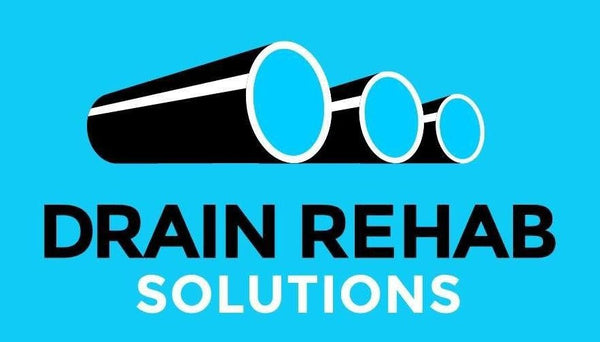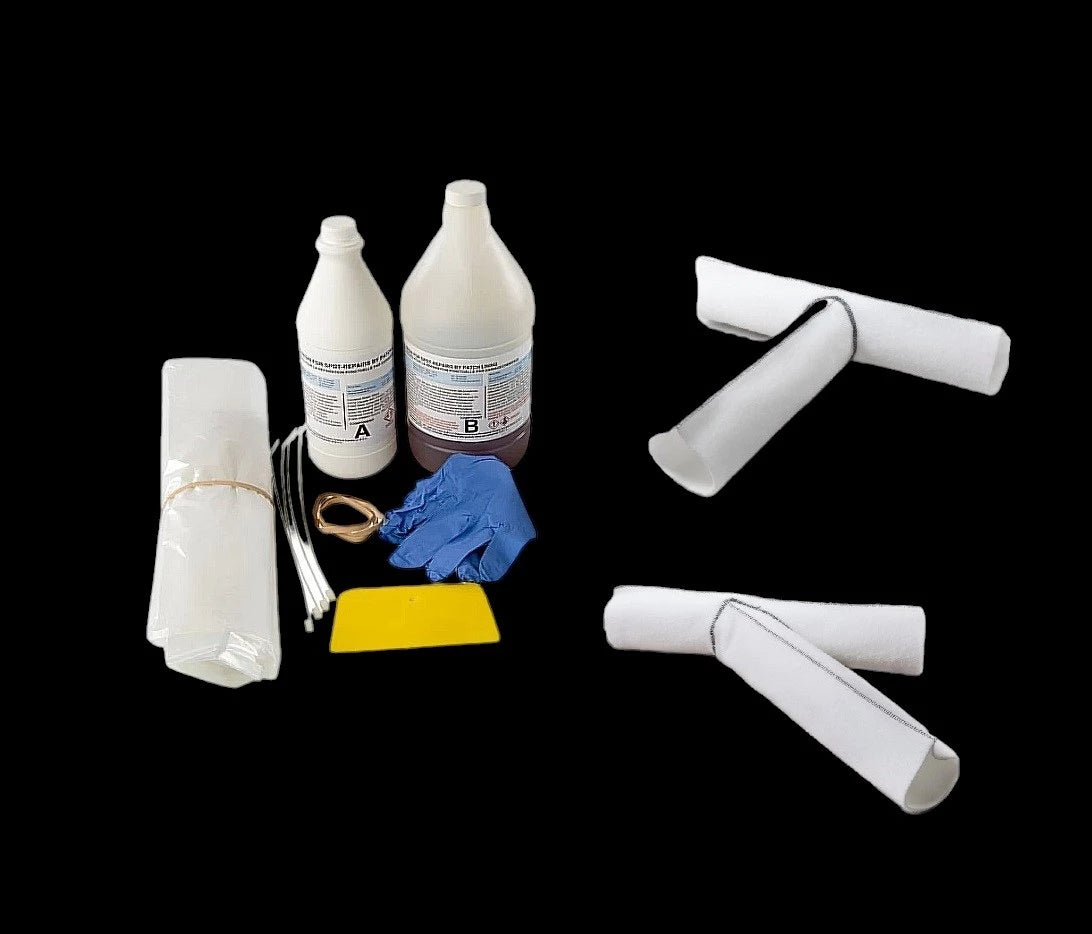A healthy plumbing system is crucial for any household, and proper home sewer maintenance is key to avoiding costly problems like a mainline blockage. This blog explores common causes of blockages, tips for maintaining your sewer lines, and how to recognize early warning signs of trouble.
What Is a Mainline Blockage?
A mainline blockage occurs when the primary sewer line connecting your home to the municipal sewer system or septic tank becomes obstructed. This type of blockage can lead to serious plumbing issues, including:
- Backflow of sewage into your home.
- Slow or completely blocked drains.
- Unpleasant odors around your property.
Timely action and regular home sewer maintenance are essential to prevent such problems.
Common Causes of a Mainline Blockage
1. Tree Root Intrusion
Tree roots naturally seek moisture, often invading sewer lines through small cracks or joints. Over time, they can grow inside the pipes and cause severe blockages.
2. Grease and Debris Build-Up
Grease, food particles, and other debris washed down the drains can accumulate over time, leading to clogs in the mainline.
3. Flushing Non-Flushable Items
Items like wet wipes, feminine hygiene products, and paper towels are not designed to break down easily and can create blockages.
4. Aging Sewer Pipes
Old or damaged pipes are more susceptible to cracks, collapses, and blockages. Regular inspection is critical for identifying these vulnerabilities.
Signs of a Potential Mainline Blockage
Detecting the early warning signs of a mainline blockage can save you from expensive repairs:
- Slow Drains: Persistent slow drainage in multiple fixtures often points to a mainline issue.
- Gurgling Sounds: Bubbling or gurgling noises from drains may indicate trapped air due to a blockage.
- Foul Odors: A sewage-like smell coming from your drains signals a serious problem.
- Sewage Backups: Water or waste backing up into sinks, bathtubs, or toilets is a critical sign of a blockage.
Best Practices for Home Sewer Maintenance
1. Regular Inspections
Schedule professional inspections to identify and address small issues before they escalate.
2. Proper Waste Disposal
Avoid pouring grease down the drain and ensure only flushable items go into your toilet.
3. Install a Backflow Preventer
A backflow preventer can protect your home from sewage backups caused by a mainline blockage.
4. Routine Cleaning
Periodic hydro-jetting or snaking can keep your sewer lines clear of debris and buildup.
5. Monitor Tree Growth
Keep trees and shrubs away from sewer lines to reduce the risk of root intrusion.
When to Call a Professional
If you suspect a mainline blockage despite following good home sewer maintenance practices, it’s time to call in experts. Ignoring the problem can lead to extensive damage and costly repairs.
Conclusion
Preventing a mainline blockage starts with proactive home sewer maintenance. By staying vigilant and adopting best practices, you can protect your plumbing system and avoid major disruptions.
For expert assistance with sewer line maintenance and repairs, trust Drain Rehab Solutions. Our team provides reliable solutions to keep your sewer system functioning smoothly. Contact us today!




